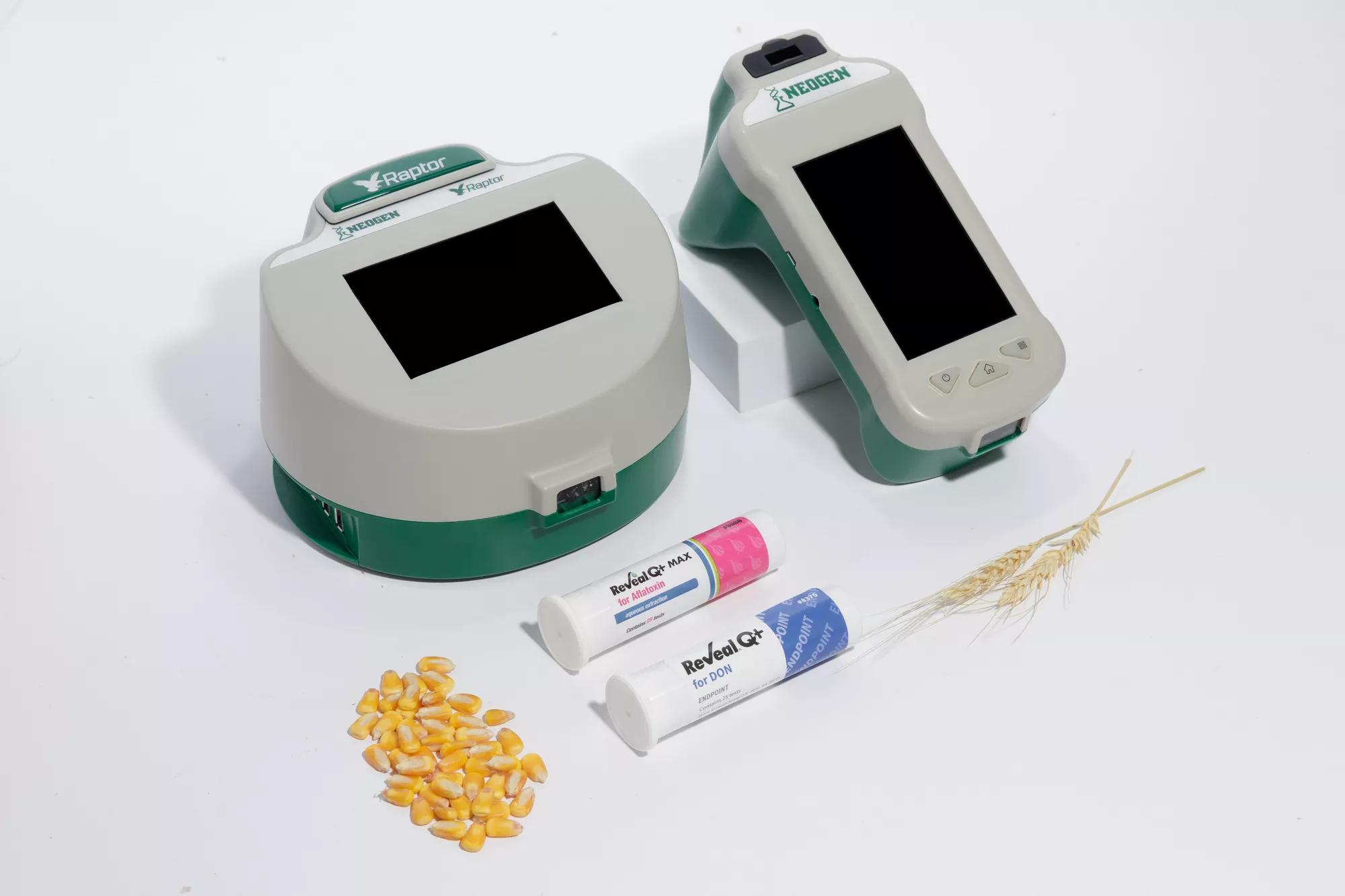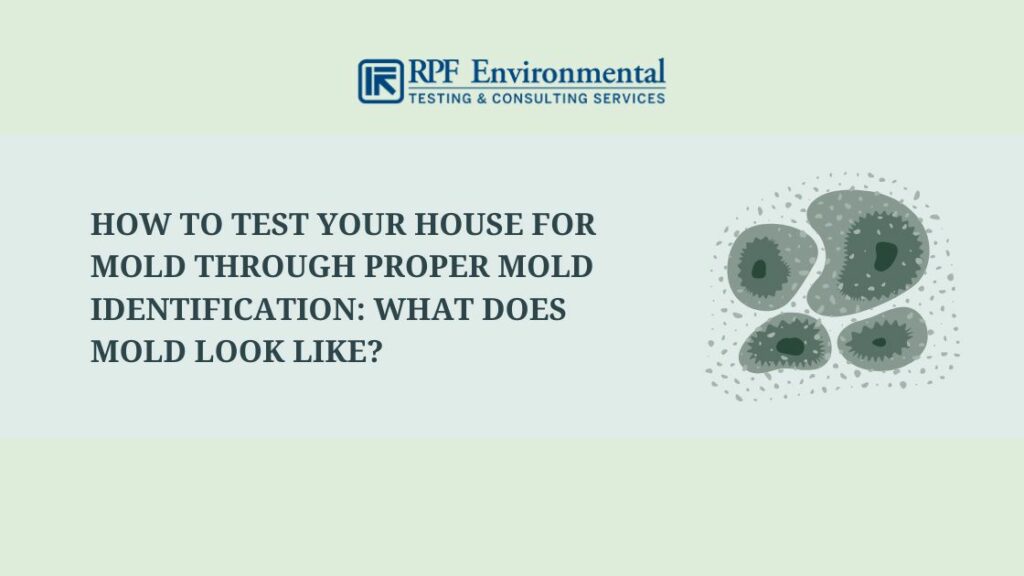Exactly How Mycotoxin Testing Aids Protect Against Contamination and Secure Food Materials

Mycotoxin screening is a crucial method in the food sector, serving as a frontline protection versus contamination by damaging toxins created by mold and mildews. Via the application of sophisticated strategies like High-Performance Liquid Chromatography (HPLC) and Fluid Chromatography-Mass Spectrometry (LC-MS), food producers can properly find and evaluate mycotoxin degrees in farming products.
Recognizing Mycotoxins
Recognizing mycotoxins starts with acknowledging that they are harmful second metabolites generated by specific mold and mildews, which can pollute agricultural products. These metabolites are not essential for the development or reproduction of the fungis however can have extreme effects for human and animal health. Mycotoxins are typically found in staple plants such as corn, wheat, barley, and nuts, where they can multiply under details conditions of moisture and temperature.
There are a number of types of mycotoxins, each created by various fungal varieties. Fusarium species create fumonisins and trichothecenes, both of which are connected with various acute and chronic health and wellness problems.

Threats of Mycotoxin Contamination
The dangers of mycotoxin contamination are multifaceted, presenting substantial threats to both food safety and security and public health. Mycotoxins, toxic substances created by particular types of fungi, can contaminate a vast range of farming products consisting of cereals, nuts, flavors, dried out fruits, and coffee.
Financial effects are an additional major issue. Polluted plants can cause substantial economic losses for farmers and food manufacturers due to reduced yields and the need for costly purification steps. Additionally, international profession can be significantly prevented as countries impose rigorous mycotoxin laws to protect their populaces, resulting in rejected shipments and strained profession connections.
Environmental aspects such as environment modification intensify the risk of mycotoxin contamination. Variants in temperature and humidity can produce beneficial problems for fungal development, boosting the likelihood of contamination events. Hence, understanding and alleviating these dangers are vital for guaranteeing the safety and honesty of worldwide food materials.
Approaches of Mycotoxin Examining
Properly recognizing mycotoxin contamination in agricultural items is necessary for guarding public wellness and keeping food security requirements. Different approaches are used to detect and quantify mycotoxins, each offering specific advantages and restrictions.
High-Performance Liquid Chromatography (HPLC) is a widely utilized technique as a result of its high level of sensitivity and precision. It includes dividing mycotoxins from various other compounds in an example, enabling precise quantification. Liquid Chromatography-Mass Spectrometry (LC-MS) incorporates fluid chromatography with mass spectrometry article source to supply thorough molecular details, making it especially beneficial for determining several mycotoxins concurrently.

Gas Chromatography-Mass Spectrometry (GC-MS) and Thin-Layer Chromatography (TENDER LOVING CARE) are likewise utilized, each with unique applications. GC-MS works for unstable mycotoxins, while TLC supplies an easier, cost-efficient choice for preliminary screening.
Advantages of Normal Checking
Regular testing for mycotoxins in farming items provides various benefits, significantly adding to public health and food safety and security. By identifying contamination early, regular screening helps stop the circulation of poisonous foods, thereby reducing the danger of mycotoxin-related ailments amongst customers. This aggressive method not just safeguards human health however likewise enhances the overall top quality of food materials.
Different nations and areas have established rigorous limits for mycotoxin levels in food and feed. Sticking to these restrictions via regular screening ensures that producers and vendors meet lawful requirements, consequently avoiding charges and profession barriers.
In addition, regular mycotoxin screening can bring about substantial financial benefits. Early detection of contamination permits for prompt treatment, decreasing potential losses from extensive contamination. Implementing routine screening methods can also lessen recall expenses and associated obligations, which can be monetarily ravaging.
In addition, routine screening offers important data that can educate far better agricultural methods and storage problems. By comprehending patterns of contamination, producers can take on safety nets, thereby adding and reducing future dangers to the sustainability of the food supply chain.
Implementing Testing Procedures
Carrying out efficient mycotoxin screening methods is critical for guaranteeing the safety and high quality of farming items. Establishing a durable screening structure entails several essential steps, beginning with the identification of potential contamination factors within the manufacturing and supply chain. Continued This consists of pre-harvest, post-harvest, storage, and distribution phases. Each phase has to be scrutinized to pinpoint where mycotoxin contamination is probably to happen.
When essential control points are determined, picking suitable testing methods is essential. Usual methods consist of enzyme-linked immunosorbent assay (ELISA), high-performance fluid chromatography (HPLC), and mass spectrometry (MS) Each approach has its strengths and weaknesses; hence, picking the proper one depends upon the specific mycotoxin being examined, the called for sensitivity, and readily available sources.

Lastly, incorporating the screening protocols into a comprehensive food security administration system is advisable. This improves traceability and allows swift corrective actions when contamination is found, thereby safeguarding the honesty of the food supply chain.
Final Thought
Mycotoxin screening is vital in avoiding contamination and safeguarding food supplies by making it possible for early detection of harmful toxic substances created by molds in farming products. Routine testing improves brand credibility, monetary stability, and count on in food security by minimizing contamination-related losses and preserving high criteria in food manufacturing.
Mycotoxin testing is an important method in the food industry, serving as a frontline defense against contamination by damaging contaminants created by molds. An incorporated approach entailing farming techniques, storage administration, and routine screening can mitigate the dangers linked with mycotoxin contamination, making certain food safety and security and public health and wellness.
The risks of mycotoxin contamination are diverse, positioning considerable dangers to both food safety and public health and wellness.Normal testing for mycotoxins in farming products uses various benefits, considerably contributing to public health and wellness and food safety.Mycotoxin testing is necessary in preventing contamination and guarding food materials by making it possible for early detection of harmful toxins produced by molds in farming items.